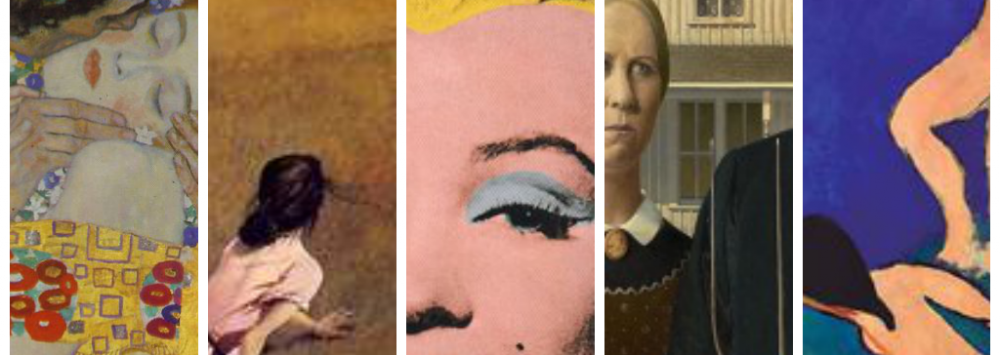Artists to Explore:
- Tamara de Lempicka
- Erte (a.k.a.: Romain de Tirtoff)
- Joseph Csaky
- Georges Fouquet
Learn more about Art Deco: HERE and HERE
another helpful link: http://www.brynmawr.edu/cities/archx/05-600/proj/p2/npk/historydeco.htm
>
Erte (Romain de Tirtoff): by Joey
Biography
Erte was born in St. Petersburg, Russia in 1892. His father was an admiral in the Imperial Fleet, so he had a privileged childhood that was highly exposed to opulence. At eighteen, he moved to Paris where he became the partner of Harper’s Bazaar, drawing the covers for many of the magazine’s issues. His venture to Paris went strongly against his father’s wishes. This conflict likely led to Romain’s pseudonym, Erte, so that he wouldn’t disgrace his family name. Besides drawing, Erte also worked in theatre and fashion, designing sets for the opera and traditional theatre and also spending time in Hollywood in 1925. In 1976 the French government awarded Erte with the title of Officer of Arts and Letters. In 1990, Erte died in New York City at the age of 97.
Art Deco Movement
The genre Art-Deco came to prominence in 1925 at the art exhibit in Paris titled Exposition Internationale Des Arts Décoratifs. The luxury industry in France had fallen behind that of other European competitors such as Germany and Switzerland, By hosting this exhibit the French hoped they could reconquer an industry it had historically dominated. The movement, which was active during the interwar years (1920s and 1930s), highlighted the growing influence of the machine and the efficiencies that came along with it. Sleek, streamlined designs, simple shapes, were common characteristics of the Art-Deco movement, which has been related to other movements such as Modernism. The movement also involved itself in luxurious/decorative items. It is considered a complete art, meaning it was evident in nearly all forms of art from paintings, to architecture, to film, to theatre.
Materials
Erte, like the genre in which he as been attached to, engaged in many techniques in art. He designed the covers of magazines but also worked on stage sets for the theatre. But his most influential work was in fashion. Here, Erte is known for his elegant, glamorous, sophisticated designes that are instantly recognizable as Art-Deco and continue to influence 21st century fashion. In 1925, Erte worked on many films such as Ben-Hur, The Mystic, and Symphony in Black to name a few. During the revival of Art Deco in the 1960s, Erte branched off into the realm of prints and bronzes.
21st Century Comparison: Sian Williams
Sian Williams is an artist, designer, creative thinker based in New York City. Like Erte, she is not limited to one technique in art. She has worked in graphic design, multimedia design and information design. Her poster design for the 21st century movie Black Swan. It’s simple shapes and streamline features are very similar to those of Art-Deco and specifically, those of Erte.
Personal Reflection
Art-Deco is a very appealing genre in art. It’s simple yet sleek, streamlined designs are pleasing to see and easy to appreciate. Most people enjoy the idea of opulence, the lack of need and the idea of excess, so it’s easy to see why this movement became so significant. Especially at a time when the world was not presently engaged in a war, Art-Deco manifested the artist’s departure from the dreary/confusing phases–Dadaism and Surrealism–that were born form the disgust held towards the Great War. The world was expanding, economies were booming, it was the Roaring 20s in the United States; the Depression was yet to hit the world. It was a fleeting period, the luxury that was the interwar years, but the movement has remained influential even today, nearly a century later.
Bibliography
http://rogallery.com/Erte/erte-hm.htm







